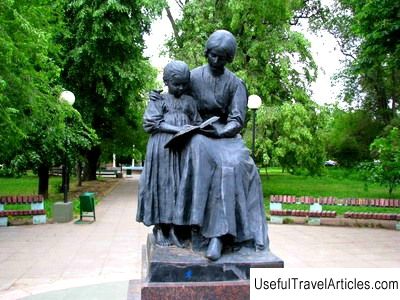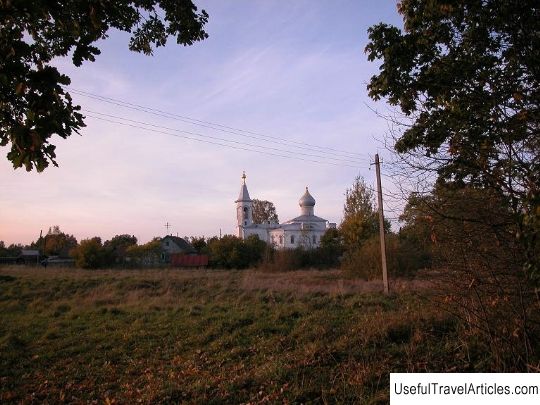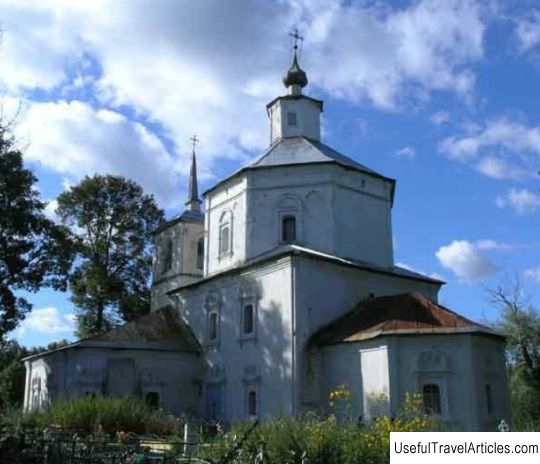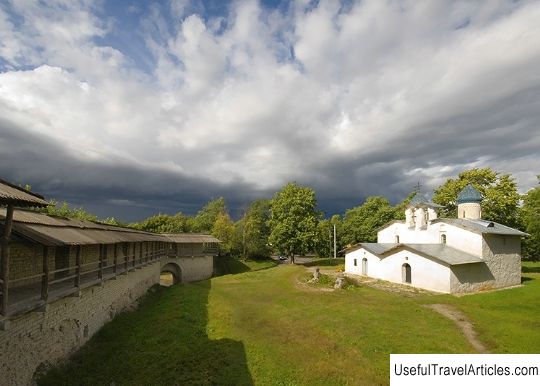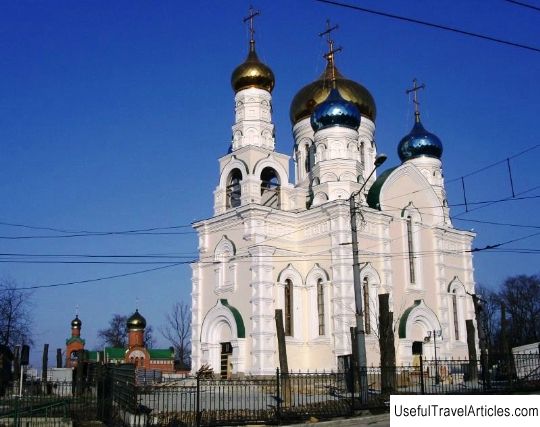Church of the Intercession of the Most Holy Theotokos in Opochka description and photos - Russia - North-West: Pskov region
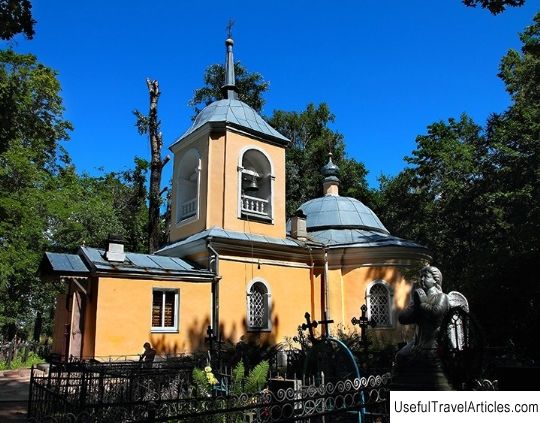
Church of the Intercession of the Most Holy Theotokos in Opochka description and photos - Russia - Northwest: Pskov region. Detailed information about the attraction. Description, photos and a map showing the nearest significant objects. Photo and descriptionThe Intercession Church is located in Opochka, Pskov region, in the north-east of the city. The peculiarity of the temple is that it is located in the middle of the city cemetery. This is a famous old cemetery where you can see ancient monuments and gravestones. Near the temple are the graves of many famous Opochetsk citizens, for example, the merchants Selyugins, Porozovs, Kudryavtsevs, Telepnevs, Baryshnikovs and other famous people. The temple is surrounded by a brick wall and a gate. They were built later, in the 60s of the 19th century. The church itself was built of stone in 1804 (according to some sources, in 1819) in honor of the Protection of the Most Holy Theotokos on the site of the old church of Peter and Paul, which was wooden. The funds for the construction of the church were donated by the widow Olga Lukinichna Vikulova. Her husband built the Opochetsky Transfiguration Cathedral during his lifetime. The Intercession Church is single-altar, has no side-chapels. Preserved in its original form. The only change that was made to the building in the late 19th - early 20th centuries is a closed porch, built during this period and made of bricks. In plan, the temple has a four-petal structure. During this period, this type of construction was already widespread in Ukrainian temple architecture. At the end of the 18th century, this architectural tradition gradually spread to Russia. In the architectural solution of this temple, two styles are used and harmoniously combined, differing in their orientation. Convex and concave cylindrical surfaces of the walls, some details of the corner structures indicate that the building belongs to the Baroque style. And the severity of the external and internal decoration, the spherical dome, the same height of the walls throughout the building - these details are characteristic of classicism. The spherical vault inside the temple covers its central part. Suspended arches and sails make the transition from square to dome. The drum that ends the vault has eight faces. On it is the head of the bulbous form. The altar in relation to the general cross-domed structure of the temple is located a little deeper than the northern and southern parts of the schematic cross. The porch has a square shape and is covered with a vault also in the shape of a cross. The room inside the main part of the temple narrows to the east, since in the northern part there is a staircase to the bell tower, and in the southern part there is a furnace. The bell tower is located above the vestibule, above its western part, and has a square shape. Above the bell tower there is a dome with a spire, which is installed on an octagon, which performs a decorative function. The main feature of the composition is the alternation of converging round shapes. The characteristic spherical dome with intricate details emphasizes this compositional technique, and the prism-shaped bell tower brings some dissonance to the overall architectural composition of the temple. The facades are framed at the bottom with a three-stage plinth, and at the top with a multi-stage cornice. Flat wide platbands frame the windows of the same size. Window openings are decorated with wrought iron bars. There are niches with wooden icon cases on the facades and in the interior on the east, north and south sides. At the entrance from the porch to the vestibule there is a wrought iron door, which was outside before the porch extension. Classic style iconostasis, possibly transferred from another temple. It has a pedestal and a pommel. The iconostasis is white, with elements of gilding on carvings and rods. Due to the fact that the temple itself is small, the icons are arranged in 1-2 rows, and each door leading to the altar part from the north and south sides has only 1 icon. The Royal Doors at the top are carved, latticed, below are deaf. On both sides of the iconostasis there are two icon cases dating back to the late 19th century and made in the pseudo-Russian style. The paintings on the vaults and the western wall of the main part of the temple date from a later period. has only 1 icon.The Royal Doors at the top are carved, latticed, below are deaf. On both sides of the iconostasis there are two icon cases dating back to the late 19th century and made in the pseudo-Russian style. The paintings on the vaults and the western wall of the main part of the temple date from a later period. has only 1 icon.The Royal Doors at the top are carved, latticed, below are deaf. On both sides of the iconostasis there are two icon cases dating back to the late 19th century and made in the pseudo-Russian style. The paintings on the vaults and the western wall of the main part of the temple date from a later period.       We also recommend reading Chateau de Serrant description and photos - France: Loire Valley Topic: Church of the Intercession of the Most Holy Theotokos in Opochka description and photos - Russia - North-West: Pskov region. |
